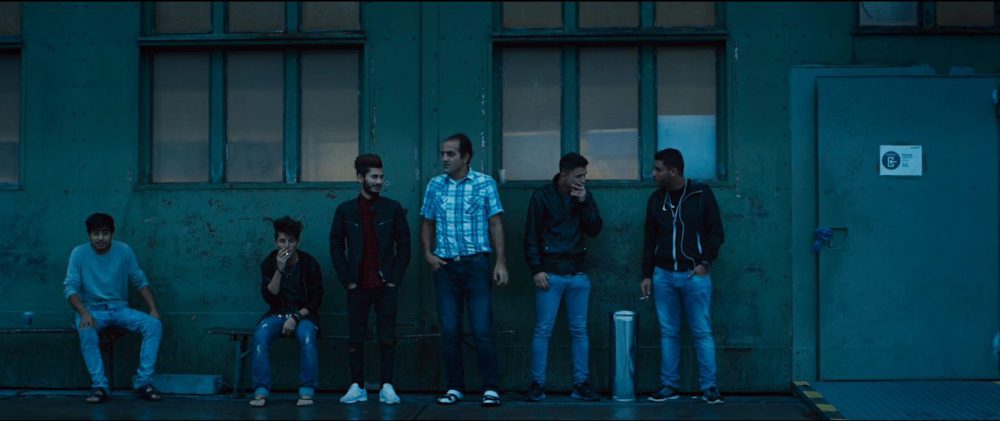
Dir.: Karim Ainouz; Documentary; Germany/France/Brazil 2018,97’
Brazilian director Karim Ainouz, whose feature Praia do Futuro ran at Berlinale a few years ago, is also known for his installations. This informs his entertaining rather nuanced documentary about the Berlin Flughafen Tempelhof and its refuge camp, which falls very much between the two genres.
Ainouz underlines the absurdity of the situation: as a Syrian refugee how can you integrate smoothly into the high tech capital such as Berlin? Far more than a language problem, it’s a cultural gulf where even the most supportive German administrator struggles to accommodate the new visitors’ trauma – however well meaning they might be. Ainouz plays it shrewdly using minimal dialogue and subtle camerawork, including time-lapse, to convey the confusion as two worlds meet and try to get along. There’s a lowkey tongue in cheek humour between the well-meaning German “Ordnungsliebe” (love of order) with the chaos of the emigrants’ lives. Confrontation was eased to some degree when the refugees found work in the camp’s administration, but it put these administrators into a double-bind: they had to keep both their German bosses and the refugees happy.
Central Airport Berlin Tempelhof opened in 1923, the main building followed three years later. After the Nazis came to power in 1933, they vowed to build the largest airport in the world, but the war curtailed their efforts so the airport never became a central piece of Albert Speer’s Germania, the new gigantic capital planned to replace Berlin. At the end of the war, the US Air Force took over the airport, which was to play a big role in the Cold War. After its closure in 2008, Tempelhof became the largest heritage site in Europe and the old runways and the neighbouring fields were used as a “Vergnügunspark” (pleasure ground).
In 2015/16 the German government offered refuge to Syrians and other war-torn victims, but their sheer numbers defied the planners and in Berlin it was decided to house the refuges in the old airport’s huge hangars which very much resemble the setting for a horror film – no wonder, given their history. Security patrols are on 24 hour duty; a fence divides the pleasure ground from the camp facilities. The scene could not be more surreal: German families having a good time in the park, while on the other side of the fence, newcomers struggle to learn a new language and cope in their new homeland. Meanwhile, inside the hangars the contrast between the willing hostages and their sympathetic German hosts continues. German Christmas trees and carols are often lost on the families, who are mainly Muslims. Teenagers adapt more easily, but 18-year old Ibrahim Al Hussain still prefers his old village in the Syrian countryside. A sign on the wall in one of the hangers beats testament to their anguish: ‘I yearn for the dust of Syria’. When the first refugees entered the facility, they were told it would be for six weeks. Many have been here for three years. Al Hussain is one of the luckier ones and will soon start his integration and language course. But for many others, there will be just another harsh winter, with the old runways looking frozen tundra rather than sunny fields.
BERLINALE 15-25 FEBRUARY 2018 | AMNESTY INTERNATIONAL PRIZE WINNER
https://vimeo.com/255007386